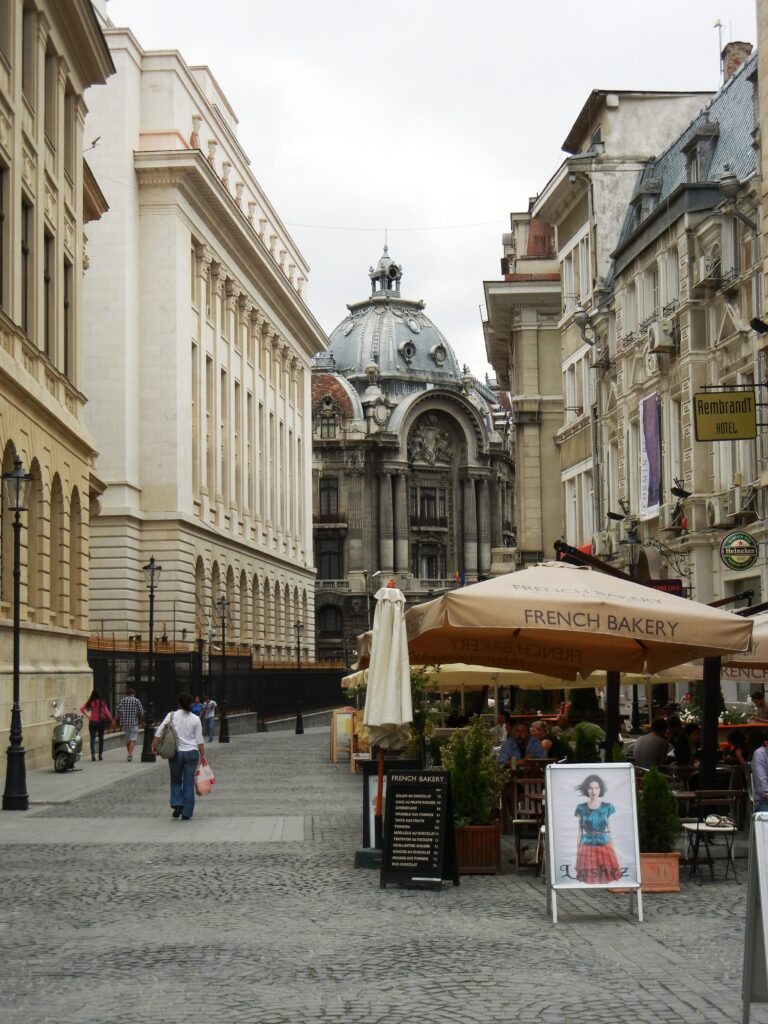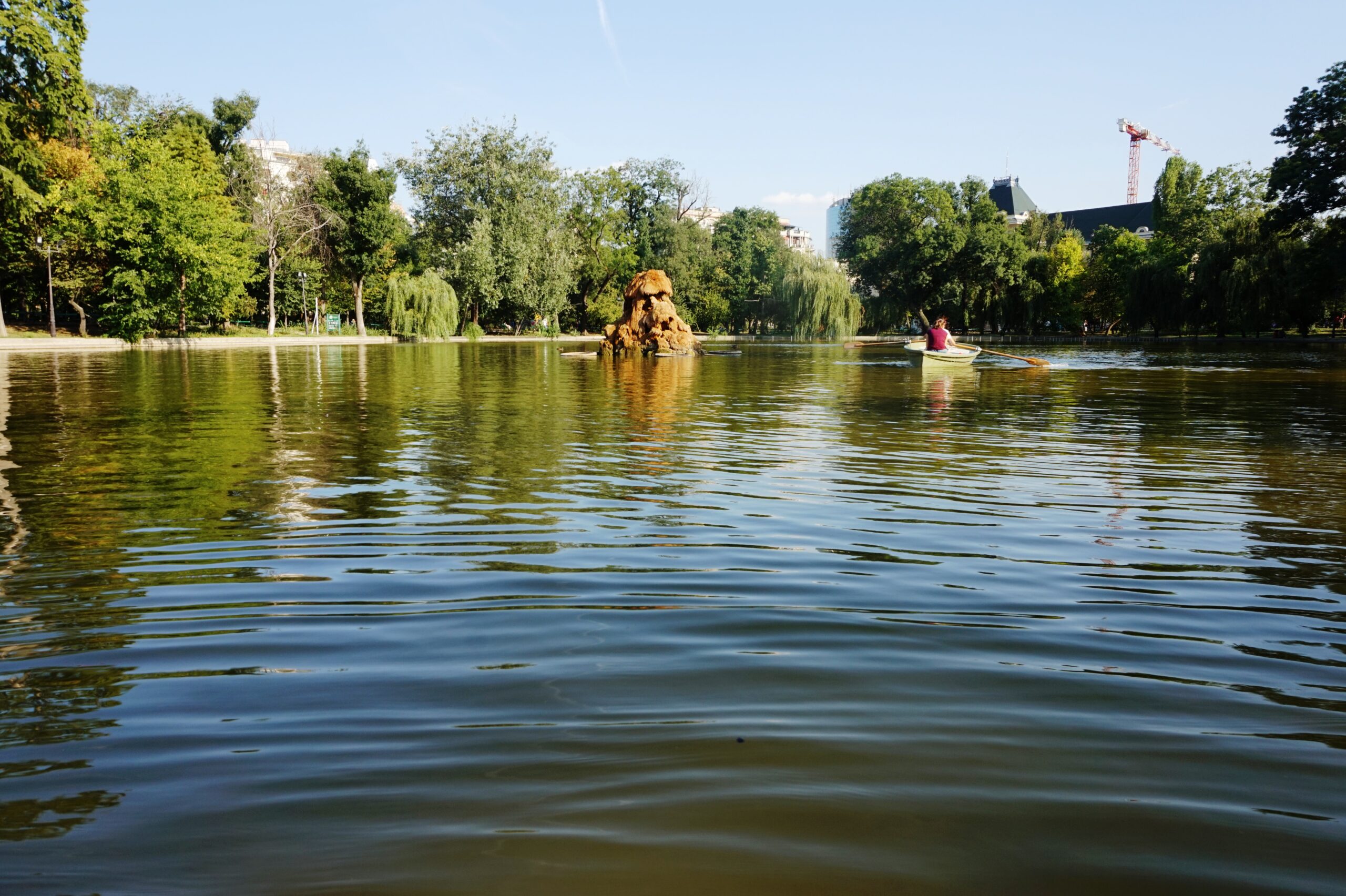
Over the past few years, Romania has gained popularity across Europe, as well as overseas, for one of Europe’s hidden gems. Travelers who make it to Romania often visit just Bucharest, while others take time to explore the country. As a traveler, you will learn the history and stories that have made Romania what it is today.
If you will be traveling there, or have traveled there, here is some information that you will probably not learn (or did not learn). Even some of the locals do not know this information.

- Bucharest is the 6th largest capital in the European Union, and the biggest capital city in the Eastern European Union!
- The Romanian Parliament is the second largest building in the world after the Pentagon in Washington, D.C.
- The first omnibuses in the country were horse-drawn omnibuses. They were inaugurated in Bucharest in 1840. Bucharest was among the first few cities in all of Europe to have such means of transport.
- The city of Bucharest was declared as the capital of Wallachia in 1659 by Prince Gheorghe Ghica. At that time, Romania had only 4 counties, and Wallachia was the southern one. Today, Romania has over 40 counties.
5. The entrance to the Novotel Hotel in the city center of Bucharest is the facade of the former National Theatre. During the Second World War, on August 26, 1944, the German Air Forces sought to destroy the Telephone Palace (now the office of Telekom Romania, located on Calea Victoriei), but the bomb missed its target and hit the National Theater.

6. Lipscani, one of the busiest entertainment streets in the capital, gets its name from the German city of Leipzig, which is reminiscent of the extremely dynamic commercial life of Wallachia. Merchants from Germany arrived in Bucharest building things from the fair in Leipzig, and those things were also called Lipscani.
7. The first road in Bucharest was made of wood, and originally paved with tree trunks. It was the Calea Victoriei (Victory Street), which today is the main artery of the city, as well as the #1 tourist hotspot for history buffs. Want to see this street? Check my article on things to do in Bucharest.


8. The Cismigiu Park, located in the city center, was originally named “Pond of Dura Neguţătorul”, for its lovely lake. Neguţătorul means trader. In 1779, a Greek nationalist politician named Alexander Ipsilanti, ordered a water pump to be built towards Ştirbei Vodă Street (which borders the park). Water Pump in Romanian is translated as cismea, and this is what gave it the name Cismigiu.
9. More than 20 churches and monastic settlements were destroyed, partly or fully, during the communism era. Among the oldest mentioned: Crangasi Church (1564), Alba-Postăvari Church (1568), Mihai Voda Monastery (1591), among others.

10. Bucharest is “brothered” with 9 cities around the world. The most important are Beijing, Atlanta, Budapest and Hanover.
11. One of the most famous Romanian dishes – mititei – were invented at the end of the 19th century by Iordache Ionescu, the owner of a restaurant nicknamed “La o idee” (translated as “At an Idea”, which was located in the heart of the city center on Covaci Street. The name mititeii was given by journalist, pamphleteer and comedian N.T. Orasanu, who composed the list of dishes in an original way. He referred to bread as “an abundance”, ice as “Siberian Cream”, a toothpick as “a bayonet”, and brandy as “an idea”. The small sausages were called mititei when, due to the fact that sausage mats were finished, Ionescu used only meat mixed with baking soda, making sausages smaller and without a casing. They were a success.
